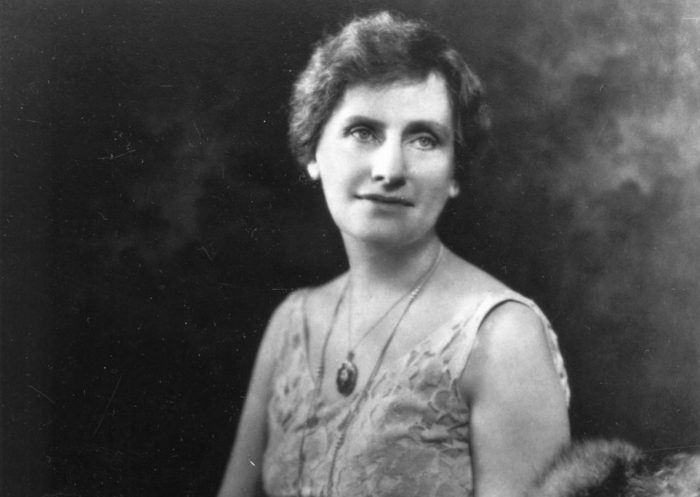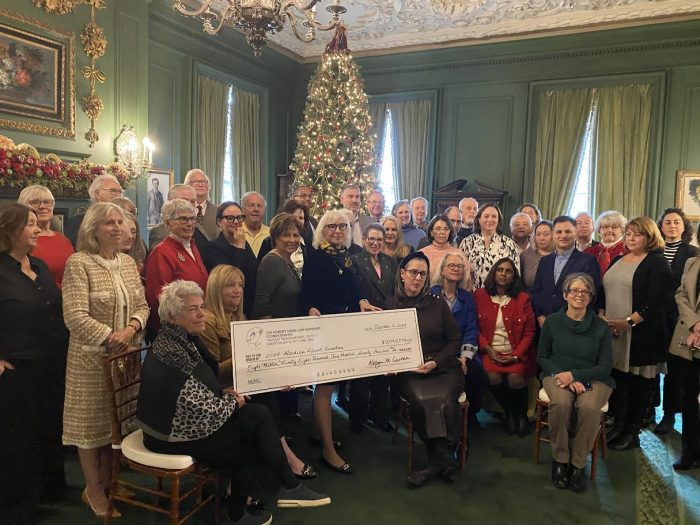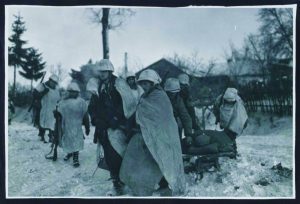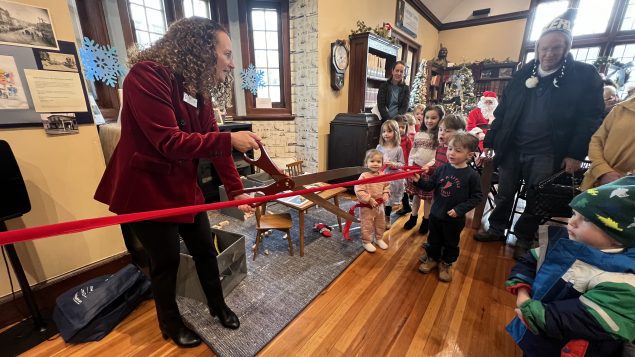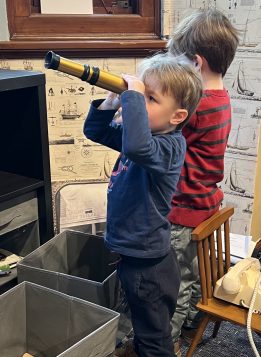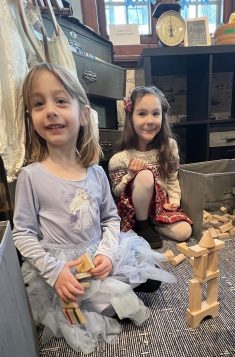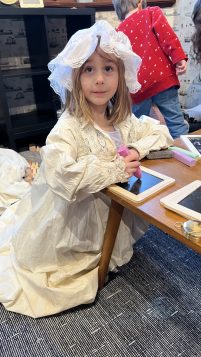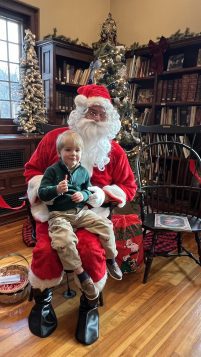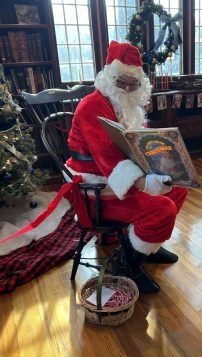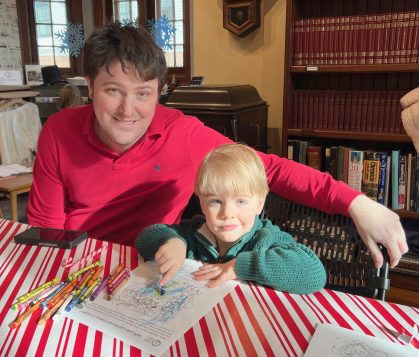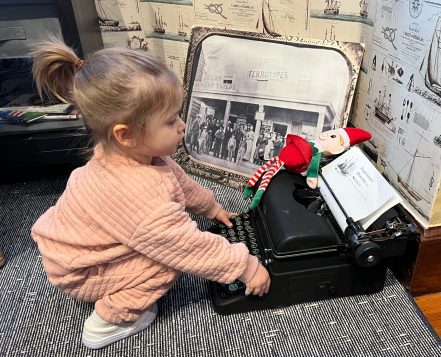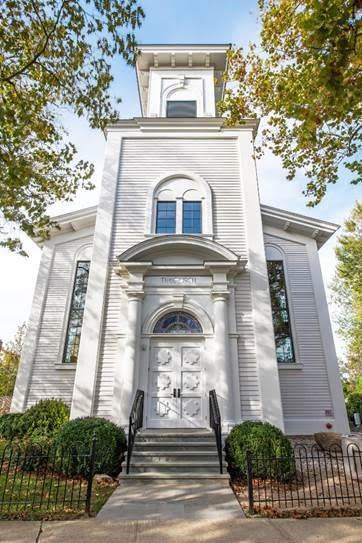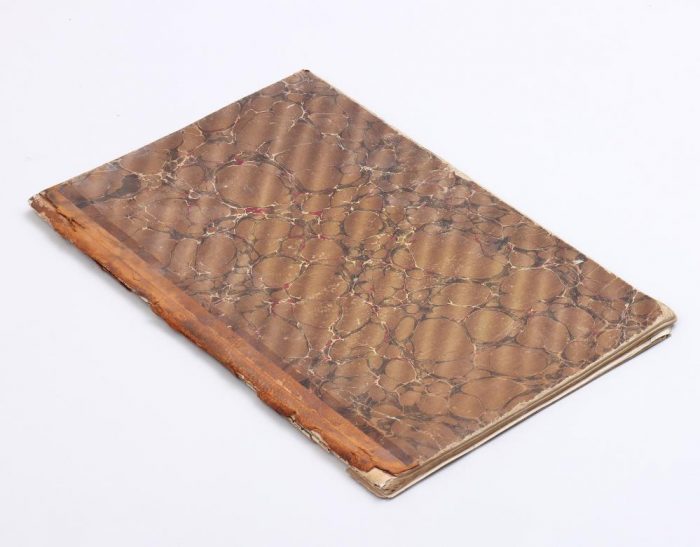The month of January has been home to many historical events over the years. Here’s a look at some that helped to shape the world in January 1925.
• Christiania, the capital city of Norway, is renamed “Oslo” on January 1.
• Violence plagues Italy on January 2 as part of the fallout of Benito Mussolini’s crackdown on opposition newspapers. Though King Victor Emmanuel III refuses to grant Mussolini the dictatorial powers the latter requested, he grants the Prime Minister tacit permission to respond to the violence how he sees fit.
• Nellie Tayloe Ross is inaugurated as the Governor of Wyoming on January 5, becoming the first woman elected to a gubernatorial office in United States history.
• Bhanupratap Deo is proclaimed as the new Raja of the princely state of Kanker within British India on January 8. The 3-year-old would rule until 1947, when the princely states are abolished as India gains its independence.
• The British submarine HMS L24 sinks in the English channel on January 10. The submarine had collided with the Royal Navy battleship HMS Resolution, killing all 43 men aboard the L24.
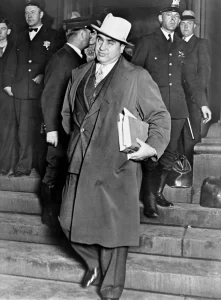
• Al Capone survives an assassination attempt made by the North Side Gang on January 12 in Chicago. Capone was conducting business inside a State Street restaurant when the rival gang riddled his car with bullets, prompting the mobster to order a bulletproof Cadillac.
• Joseph Stalin fires Leon Trotsky as Commissar for Military and Navy Affairs on January 15. A prominent critic of Stalin, Trotsky is eventually murdered at his home in Mexico City by a Stalinist agent in 1940.
• Huddie Ledbetter, better known as “Lead Belly,” is granted a full pardon by Texas governor Pat Morris Neff on January 16. The blues musician had served seven years of his prison sentence after being found guilty of killing a relative over a fight for a woman.
• “The Gentleman Bandit” Gerald Chapman is arrested in Muncie, Indiana on January 18. Chapman is apprehended thanks in part to informant Ben Hance, who is murdered in August in a killing that is believed to have been performed as retaliation for Chapman’s incarceration.
• Roy Olmstead, a lieutenant in the Seattle Police Department, is indicted by a federal grand jury on January 19. Olmstead is accused of smuggling alcohol into the country from Canada in violation of the Volstead Act.
• Curtis Welch, the only doctor in Nome, Alaska, sends an urgent message via radio telegram on January 22. The message alerts all major Alaskan towns of an impending outbreak of diphtheria, while a second message sent to the U.S. Public Health Service in Washington, D.C. highlights the desperate need for antitoxin. Roughly 300,000 units of antitoxin are discovered in Anchorage on January 26, temporarily containing the epidemic.
• Paul Newman is born in Shaker Heights, Ohio, on January 26. The son of Theresa Garth and sporting goods store owner Arthur Sigmund Newman, Sr., the younger Newman would grow up to become one of the world’s most recognizable movie stars and a devoted philanthropist.
• A riot breaks out in Berlin on January 27. Numerous injuries are reported as monarchists, communists and republicans clash during demonstrations held on the birthday of ex-kaiser Wilhelm II.
• On January 28, nominee to the U.S. Supreme Court Harlan Fiske Stone testifies before the U.S. Senate Judiciary Committee. Stone is eventually confirmed by a vote of 71 to 6.
• After nearly a year of fighting and 14,000 deaths, the Khost rebellion against King Amanullah Khan is ended in Afghanistan on January 30. The rebellion is ultimately unsuccessful, but many of the king’s reforms are delayed until 1928.
Source: MetroCreative Connection

